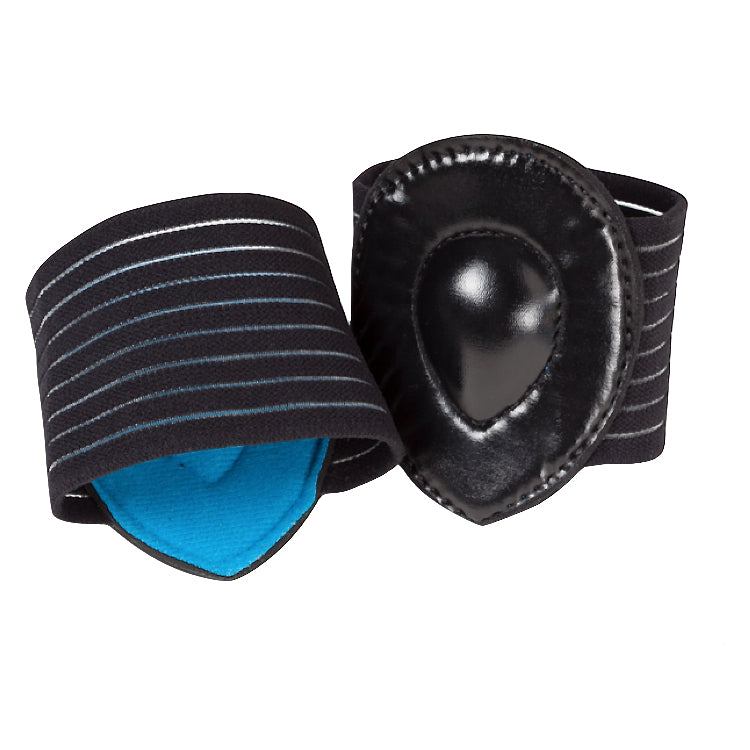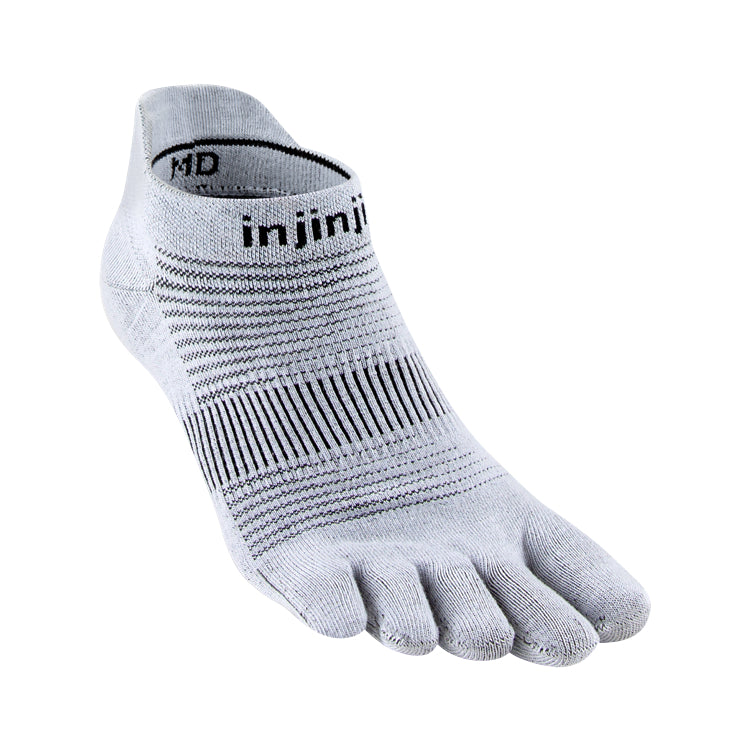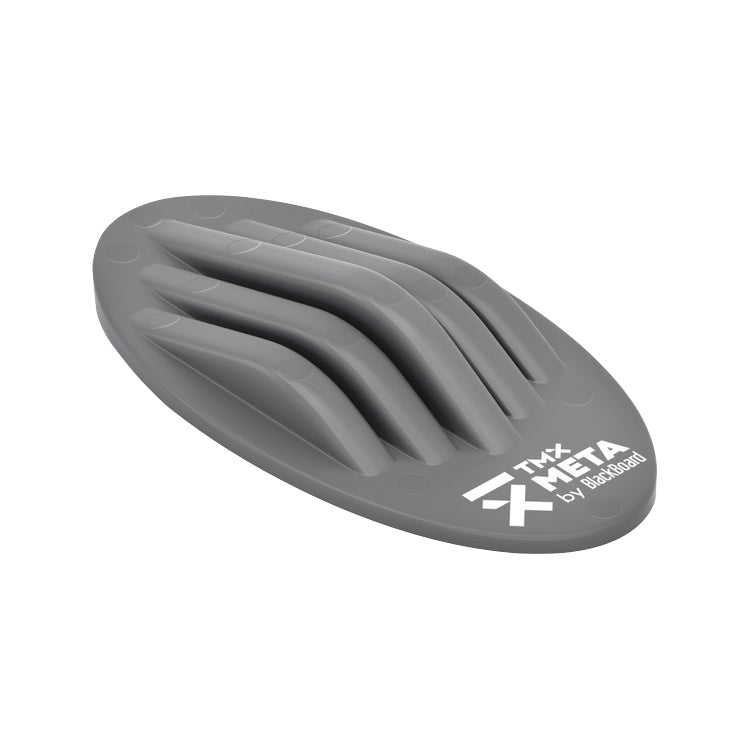
Every set of feet is unique! Among the many possible foot characteristics that vary from person to person are: Arch height, foot and toe width, and foot and toe length. Some people (probably somewhere between 20-30 percent of the population) possess an index toe (i.e., second toe) that is longer than the big toe. This is known as Morton’s toe, and it is hereditary.
In most cases, the index toe itself is not excessively long, but rather, the second metatarsal (the bone that’s positioned at the base of the second toe) is longer than the first metatarsal (the bone that’s positioned at the base of the big toe). The appearance of a longer second toe can occur naturally, as mentioned above, but it can also be caused by footwear that provides inadequate space at the ends of the toes, which squeezes the toes together and alters the position/orientation of the big toe (a problem called hallux valgus, which is often the precursor to a bunion).
When the foot is forced into a bunion configuration (i.e., with the base of the big toe protruding at the side of the foot and the big toe angling toward the other toes), this may give the appearance of a longer second toe. But this is different than a true Morton’s toe, which is a natural occurrence and not the result of an acquired (i.e., footwear-induced) toe deformity.
In terms of potential inferences that might be drawn from having a longer index toe than big toe, the most significant involves an increased likelihood of experiencing problems in this toe, especially if the footwear used does not respect this toe’s need for additional space within the shoe. Generally, a naturally formed Morton’s toe doesn’t cause pain or discomfort by itself, but if footwear is used that’s too short or too constricting in the toe box (i.e., footwear that does not provide adequate space for the toes to splay and rest in their normal anatomical position), there is a greater chance of developing a crooked toe problem, such as a mallet toe or a hammertoe.
For individuals with Morton’s toe, it’s important to size footwear based on the length of the index toe (most people size their footwear based on their big toe length). So, footwear for those with Morton’s toe should be long enough for the straight second toe, and then also be wide enough in the toe box to accommodate natural toe splay.
Other problems that may arise in folks with Morton’s toe include ball of foot pain, metatarsal stress fractures, and arthritis. Calluses may also form underneath the second metatarsal, which may cause pain or discomfort while walking or running. Many younger individuals with Morton’s toe do not notice any serious symptoms; however, over time, the above-mentioned problems may arise, especially in those who fail to adopt foot-healthy and accommodating footwear and proper running mechanics.
Here are some resources from our site that discuss various types of crooked toes, how to keep toes healthy, and normal and natural foot and toe anatomy:
If you have additional questions about this topic, please feel free to reach out to us.

WANT TO IMPROVE YOUR FOOT HEALTH?
Let the team at Natural Footgear help you! Subscribe to our newsletter for the latest offers and helpful info, and sign up for our FREE email courses on various topics and foot health conditions.
Sign Up →
Want to Improve Your Foot Health?
We are here to help you every step of the way. Get our newsletter for the latest offers and helpful info, and sign up for our FREE email courses on various topics and conditions, including bunions, hammertoes, neuromas, plantar fasciosis, shin splints, ingrown toenails, and more.
Sign Up →
 Numbness in the feet, including the second toe, may be the result of nerve impingement or nerve damage, and it can be caused by numerous health problems, including diabetes, Buerger's disease and other circulatory problems, vitamin B12 deficiency, and interdigital neuromas, among other causes. Diabetes is a common cause of foot numbness, and nerve damage is one of the principal consequences of diabetes. Alcohol consumption can increase the rate of...
Read more
Numbness in the feet, including the second toe, may be the result of nerve impingement or nerve damage, and it can be caused by numerous health problems, including diabetes, Buerger's disease and other circulatory problems, vitamin B12 deficiency, and interdigital neuromas, among other causes. Diabetes is a common cause of foot numbness, and nerve damage is one of the principal consequences of diabetes. Alcohol consumption can increase the rate of...
Read more












